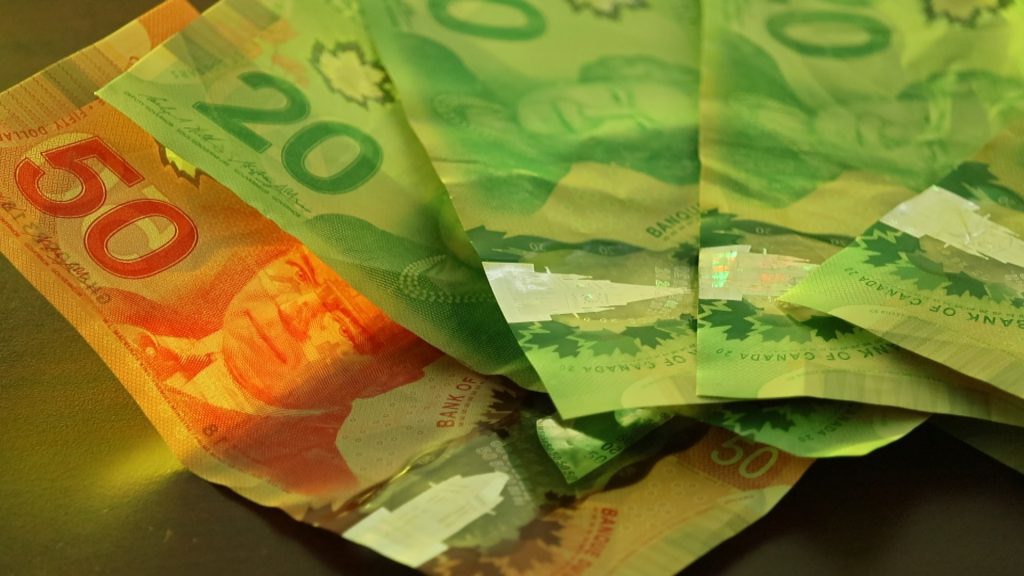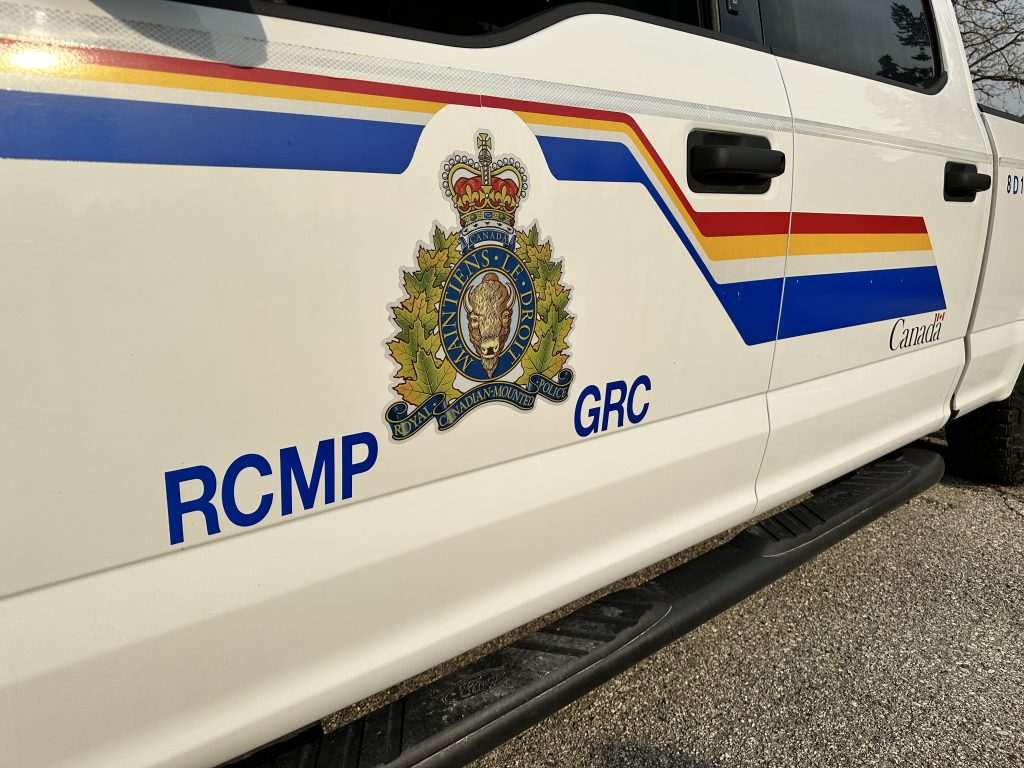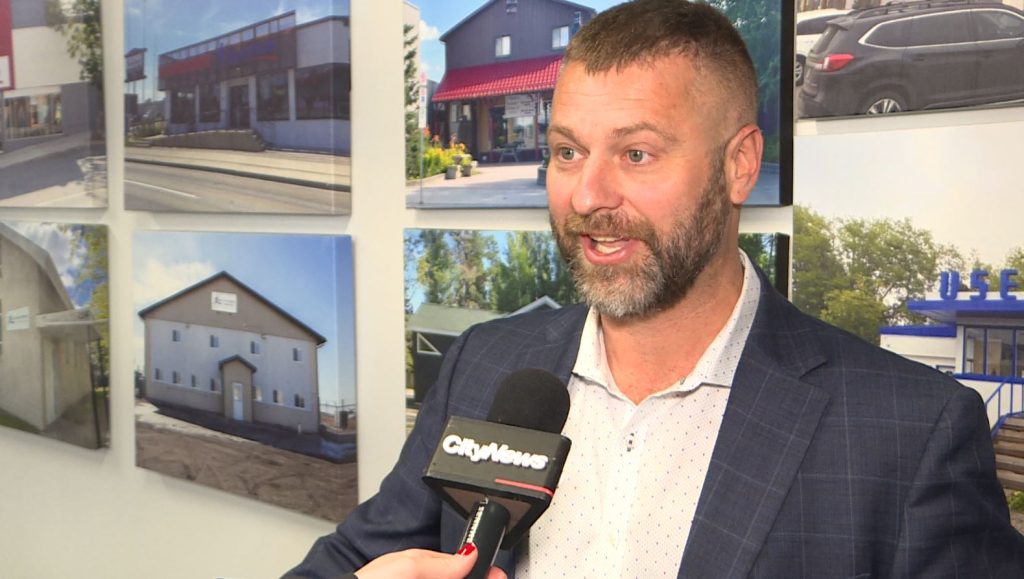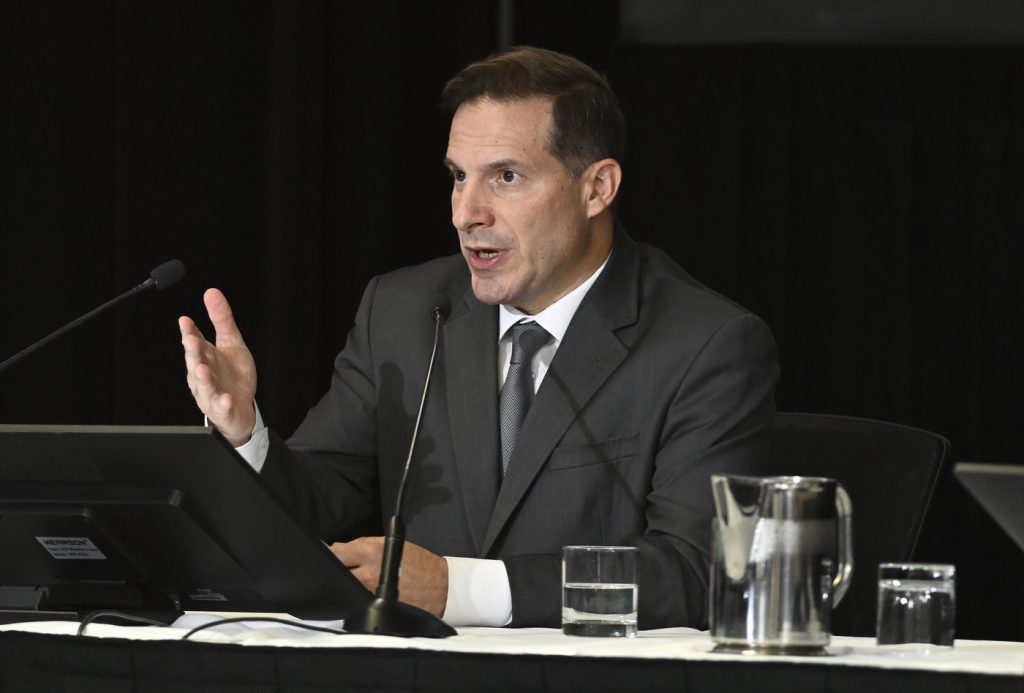Winnipeg group calling for more trees around the city
Posted August 9, 2022 9:50 pm.
As Winnipeg continues to work on its urban forest strategy, one group in the city is highlighting some of the unseen benefits of having greenery in city centres.
“Roads depreciate, trees increase in value,” said Erna Buffie, interim chair, Trees Please Coalition Winnipeg. “Every time we wipe out an intact forest, we increase the stress of every other green area in the city.”
Buffie says more trees, and better-maintained trees, are an urgent matter that needs to be addressed in Winnipeg.
“We’ve lost 25,000 boulevard trees to Dutch Elm disease in the last five years, and our pruning record is virtually non-existent.”
She says trees can keep your air conditioning costs down in the summer by providing shade to homes and holding moisture in the air and can cut down on harsh wind in the winter.
When cities are mostly surfaced by pavement and asphalt, a heat island effect is created. Areas in the city with less greenery, suffer from much higher temperatures, but there are other unseen effects as well.
“They fight pollution, sequester carbon, they stop storm runoff to our old storm sewers, they save the city a ton of money in the millions of dollars.”
Conservation Biology Professor Dr. Nicola Koper says lower-income areas of cities tend to have fewer trees. She hopes the urban forest strategy takes that into account and distributes high-density forests evenly across the city.
“What we really need to do is focus on bringing trees back to urban core areas. That’s going to beautify those locations, bring back wildlife, tree and insect communities that help pollinate, but also improve the health and wellbeing of people who live in those environments,” explained Dr. Koper.
Jacob Sawchyn is a natural resource management grad student who is studying the effects on urban wildlife as the city loses more and more of the trees that provide habitat. Sawchyn hopes his research can help show how important tree canopies are to wildlife as well as people.
“This is a proactive study so that maybe we can prepare and have an idea of what is to come on the other end of this transition.”
The City Council will review the recommended urban forest Strategy in late 2022. Buffie hopes that this leads to more green spaces in the city, as well as stronger by-laws to protect the trees that do get planted. She’s encouraging Winnipeggers to think about putting a tree up in their yards as well.
“Whether it’s an intact forest, a boulevard tree, a park tree – we need protection.”








